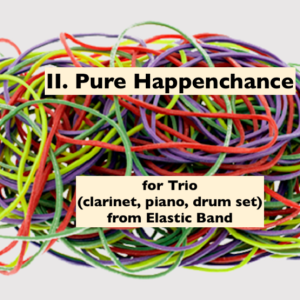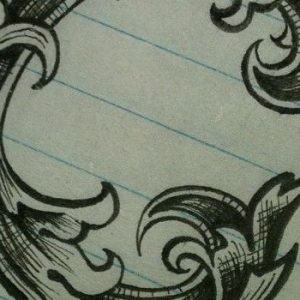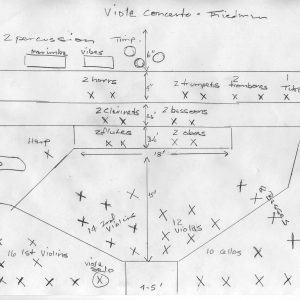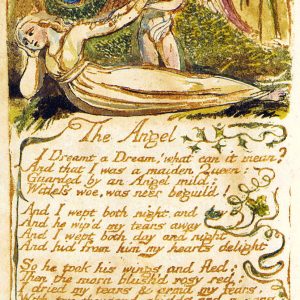Triptych
$5.00
Triptych was commissioned for the 2013 Irving M. Klein International String Competition. This three-movement suite, with echoes of Bach’s Cello Suites, is replete with travel-related thoughts and emotions – leavings and arrivals, partings and introductions – as this was much on my mind as my family was in the process of relocated from the Bay Area back to our familiar East Coast.
Description
Triptych was commissioned for the 2013 Irving M. Klein International String Competition. Travel-related thoughts and emotions – leavings and arrivals, partings and introductions – were much on my mind as my family was in the process of relocated from the Bay Area back to our familiar East Coast. I had been listening to the Bach Cello Suites while beginning Triptych, thus my choice of a three movement suite. (fast-slow-fast).
Dark Waters is the Prelude, a “hat tip” in the direction of the legato arpeggiations of the opening Prelude movement of Bach’s Suite No. 1, but here cast as turbulent flowing water. It is a quiet, yet uneasy perpetual motion movement that sinuously moves through the cello’s registers, much of it bowed in larger groupings of notes that require real control from the player. The movement is built from arpeggios and a small cell made of variants of the intervals of a 2nd plus a 3rd (e.g. G-F#-E).
Parting is reminiscent of the Sarabande movements in the Suites. Slow and expressive, it features double-stopped contrapuntal legato lines that must sing while making the player shift fingers as they sustain an additional note above or below. The movement also explores the same melodic intervals of a 2nd and a 3rd. The short arpeggiated figure, introduced here and there as an aside, hints at the main material of the piece’s finale. It moves attacca into…
Approaching Home is of a completely different and new world. Expressing the excitement and optimism of the upcoming new chapter in our lives, it is light, based on fast ricocheted arpeggios of simple diatonic harmonies. It is more harmonic and rhythmic than melodic, for the most part, and is virtuosic in a very understated way. It is not easy for the cellist to be an harmonic “rhythm machine.” There are subtle melodic-rhythmic shifts in the bounced arpeggios as the patterns shift between groupings of 6’s and 8’s per beat. A descending melodic 3rd (D-C#-B) is featured in a refrain-like passage heard throughout, subtly recapitulating the same genetic material of the whole piece. Towards the end of the movement there is a brief “Bachian” dramatic stop and cadenza-like passage which hearkens back to the work’s opening arpeggiated material. The optimism of the ricocheted harmonies soon return as the music quietly ascends to the upper register of the cello and ends on a high held single note that fades without resolution. For more info about this work click HERE.
Score is available as a downloadable PDF file.





